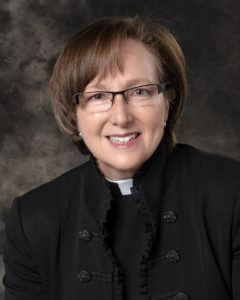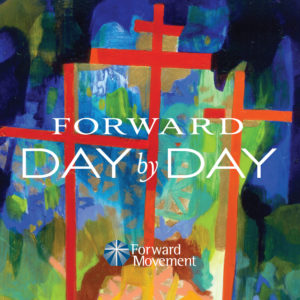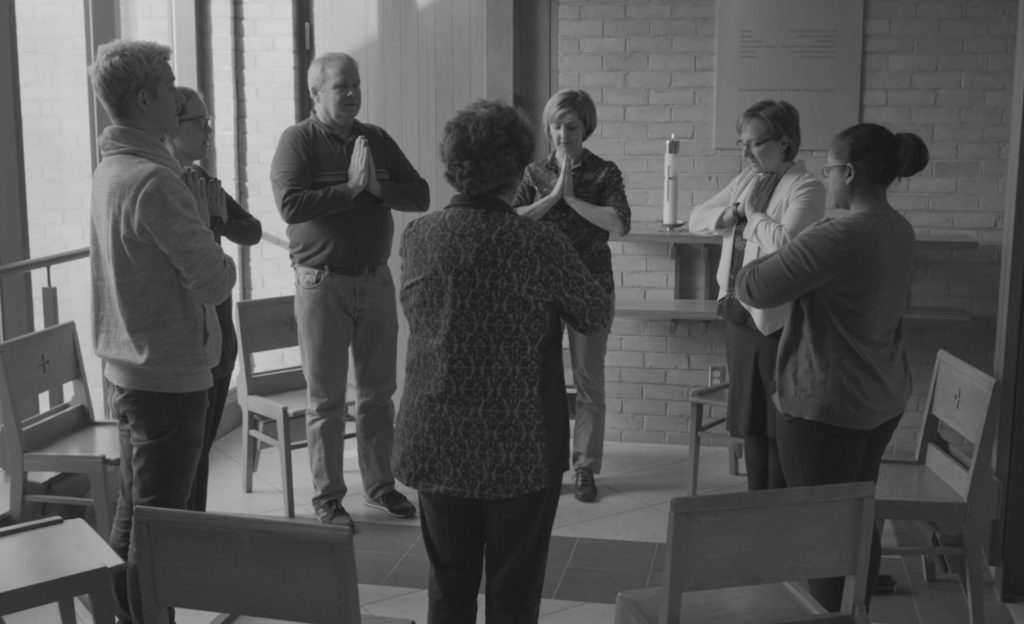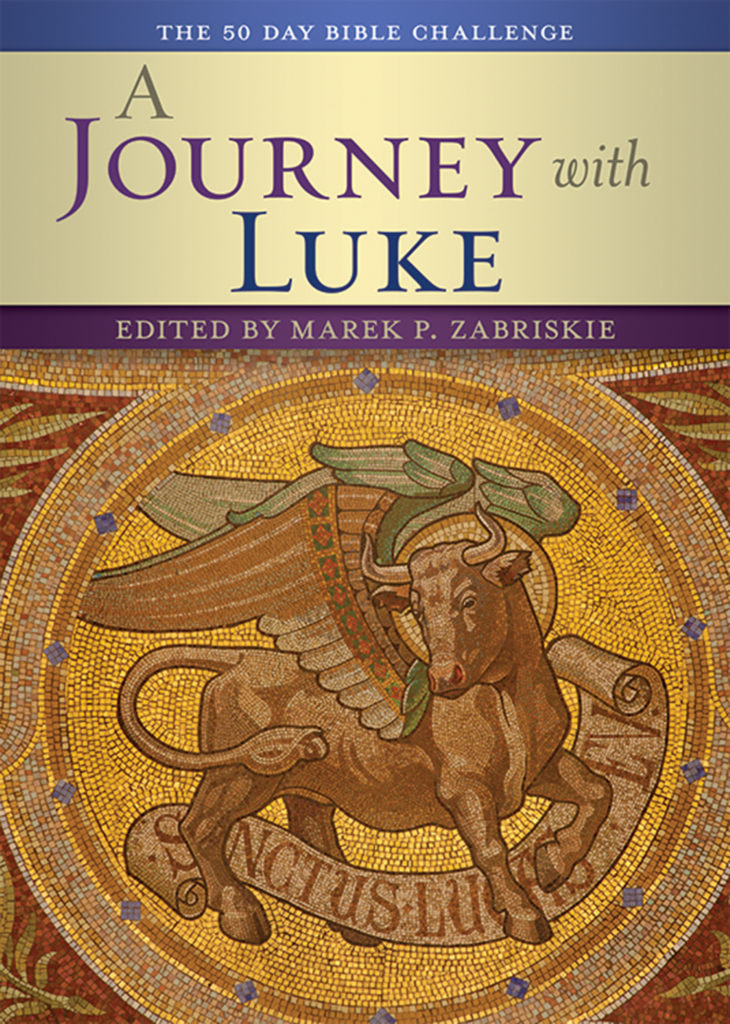 Dawn Davis, creator of Revive
Dawn Davis, creator of Revive
So, you and your congregation have decided to start Revive. Now what?
Typically, the ministry leader invites up to 12 lay leaders to join the Revive group. Here are a few simple steps the ministry leader can take to get started.
1. Book when and where you want to meet for Revive
The meeting space for the Revive sessions should be a private setting where conversation will not be overheard or interrupted by other groups or church activities. The room should be large enough to accommodate the group size and be comfortable and inviting. Chairs should be placed in a circle, with a central table for displaying flowers or sacred objects. A screen, projector or TV will be needed if you are showing the videos. Smaller groups are able to use a laptop for this purpose.
Time of Meetings: Revive sessions can be held during the day or evenings. Consult with a few people you invited, check your calendar and make your best decision about a time slot. There is no perfect time for Revive, so you will likely miss a few leaders because of the day and time of the meetings. Remember, there is always next year!
Opening and Closing Retreats: The opening and closing retreats typically take an evening and a day (e.g. Friday and Saturday) and are most effective when they are scheduled as closely as possible to the running of the modules. The retreats can be held at the church or at a retreat facility that is within reasonable driving distance. Participants can return to their homes on Friday evening or arrangements can be made for them to stay overnight. Saturday lunch can be a simple sandwich and fruit meal. If the Friday and Saturday time slots are impossible, then here are two other options: 1) All day Saturday from 9 a.m. to 4:30 p.m.—cut out worship and make storytelling shorter by using smaller breakout groups, then turn the spiritual preferences exercise in session C into homework. 2) Two nights from 6 p.m. to 9:30 p.m.—eliminate worship and focus on storytelling and turn the session C spiritual preferences exercise into homework).
2. Create a leaders list
Write down the names of the people in your congregation who attend the church’s governance meetings (vestry, session, boards). Add to the list others who lead particular ministries such as church school, youth, pastoral, music, worship arrangements, property, stewardship or outreach ministries. Finally, add one or two names of people who may not presently hold leadership roles but who serve as informal or up-and-coming leaders in the congregation.
Form a shortlist: Now sit back, take a deep breath and pray. Ask the Holy Spirit to provide insight, grace and discernment as you begin to decide who will join you on this spiritual journey. The maximum number of Revive participants for the small group should be 12, therefore you might want to invite as many as 20 people from your leader list and indicate that participation is on a first come, first served basis. It is important to cap the number of participants at 12. Our experience has shown that the small-group process on which Revive is based does not work with beyond this size.
Small parish: If you have a small parish, your leaders list may be fewer than 12 people. This is fine! The smallest Revive group I know of was made up of two participants and it went very well. My personal preference is six participants, since this size gives everyone ample time to speak and get to know one another.
Safe, non-judgmental space: It is essential that a trusting and safe environment be established in the group in order to facilitate spiritual growth. If there is a person on the leaders list who is gifted in ministry but would struggle to maintain the safe space for others, then you should reconsider inviting them, especially for the first year or two of Revive while it is getting established.
Concerns: If you are worried that some people might feel excluded by not being invited to Revive, simply tell them that you were trying to form a particular mix of people and there will be opportunities to do the program in the future, if you believe this to be true.
3. Invite
Open the Revive facilitator’s guide to the Sample Revive Invitation Letter (page xiii). Copy and paste it to a word processing file, insert the date and times of the retreats and sessions and modify it as needed. Put the letter on parish letterhead and send it out to the people on your shortlist.
4. Recruit
Reach out to those you have invited asking them if they have received your letter, have any questions and if they have considered becoming a participant. Track their responses as you may need to follow-up. If you have administrative assistance, you may want to amend the invitation letter asking people to reply to him or her. This way, your administrative assistant can track the responses to the invitation and update you as needed.
Email Follow-up: After a couple of weeks you may want to send out a follow-up email to remind those invited of your interest to have them participate in Revive. See the Sample Revive Email Invitation Follow-up (page xiv) in the Facilitator’s Guide.
5. Download the guides and videos.
When purchasing Revive, it is really important you use the links provided to download the Facilitator and Participant Guides and all 30 videos to the hard drive of your computer or a storage device you can easily access. Church Wi-Fi services are notoriously unstable, so it is best not to rely them when leading a session. Instructions for downloading videos can be found in the Read Me First welcome letter you receive after purchase.
6. Begin reviewing the material in the Facilitator Guide
Open the Facilitator Guide and read the Table of Contents, Introduction and Course Overview. Then start in on the Opening Retreat and the first couple of sessions. The retreats and each session start with a preparation list that conveniently informs you of any material you need to gather before the session.
7. Participant Guide
Make a copy of the participant guide for each participant.
You are ready to begin Revive!
Read more guest posts from Revive here.
To learn more, visit the Revive website.
The downloadable program materials may be purchased here.
Pre-printed Participant Guides are available here.

![]()





 Typically, the facilitator of the program is a ministry leader of the congregation, such as the rector, lead pastor, senior minister or another clergyperson. This is not a requirement, since anyone can lead Revive. We have purposefully used the word minister to signal that the facilitator can be ordained or lay.
Typically, the facilitator of the program is a ministry leader of the congregation, such as the rector, lead pastor, senior minister or another clergyperson. This is not a requirement, since anyone can lead Revive. We have purposefully used the word minister to signal that the facilitator can be ordained or lay. Dawn Davis, creator of Revive
Dawn Davis, creator of Revive


